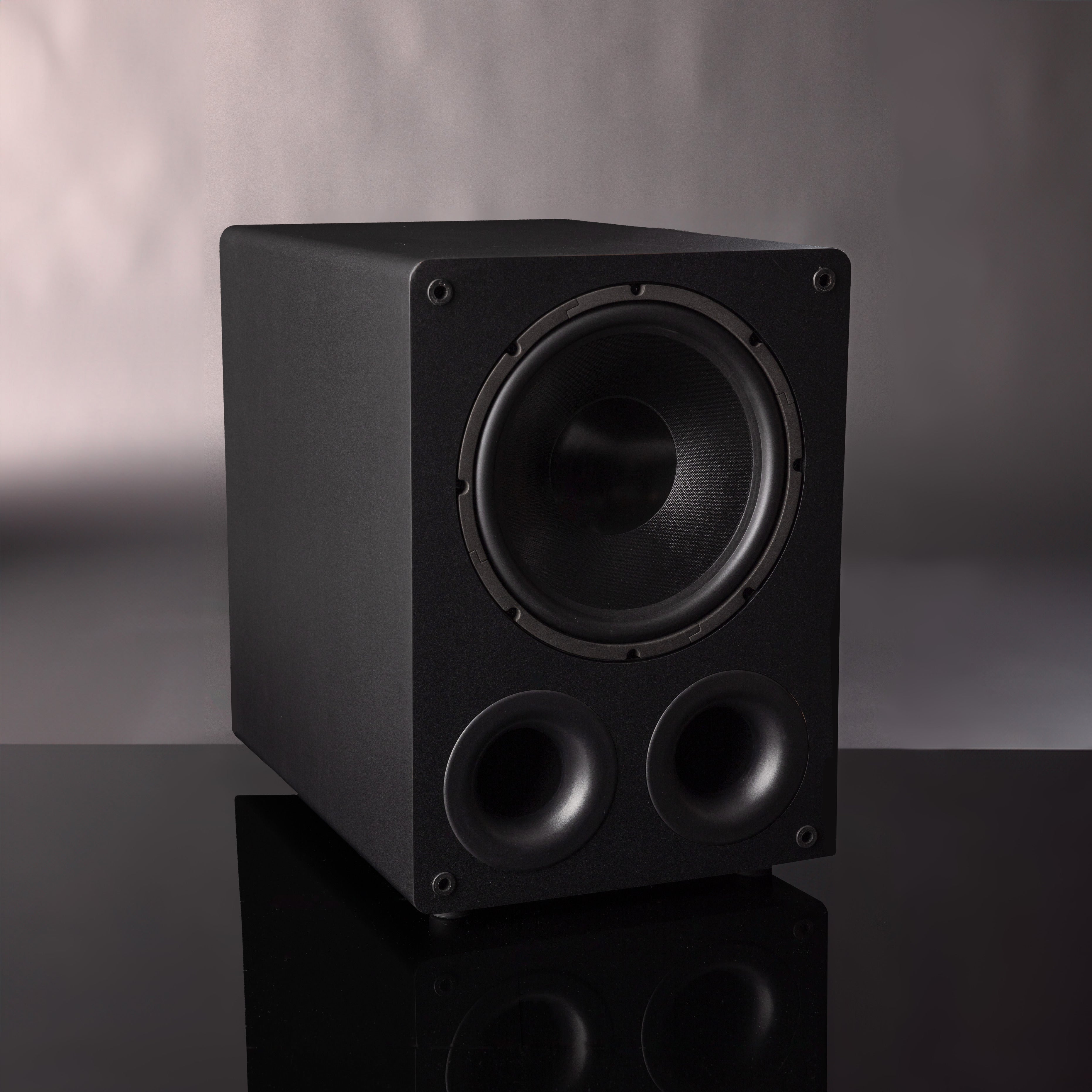Hello ,
I am seeking an advice from people here for how I could *upgrade* my setup.
current setup
- amplifier: Rotel A11
- speaker: Revel Performa3 M105 with Revel stands
my goal
- I feel a bass sound is weak. I feel more Contrabass, yet I shall understand this is because I am using bookshelf speakers
- I need to move in/out often - once a few years. Therefore I cannot buy good floor standing speakers. look for another alternatives.
I can think of a couple of options (I can budget about 1K to 3K USD) :
Now, in a season I need to move in the next location within a week. I have packed up my equipments. I realized now the good time to consider about the upgrade.
Any suggestions and opinions are welcome \(^^)/
I am seeking an advice from people here for how I could *upgrade* my setup.
current setup
- amplifier: Rotel A11
- speaker: Revel Performa3 M105 with Revel stands
my goal
- I feel a bass sound is weak. I feel more Contrabass, yet I shall understand this is because I am using bookshelf speakers
- I need to move in/out often - once a few years. Therefore I cannot buy good floor standing speakers. look for another alternatives.
I can think of a couple of options (I can budget about 1K to 3K USD) :
- Buy a subwoofer.
- Trade in speakers and buy something else: I listened KEF R3 and Fyne Audio F500SP at local. Both sounds nice to me, but I might feel a lack of bass later (they are bookshelves).
- Trade in speakers and amplifier , then buy active speakers. I never listen active system before though.
- Buy miniDSP, and try to optimize the sound for the room with my current equipments...guess a financially affordable choice, the most
Now, in a season I need to move in the next location within a week. I have packed up my equipments. I realized now the good time to consider about the upgrade.
Any suggestions and opinions are welcome \(^^)/
Last edited:

